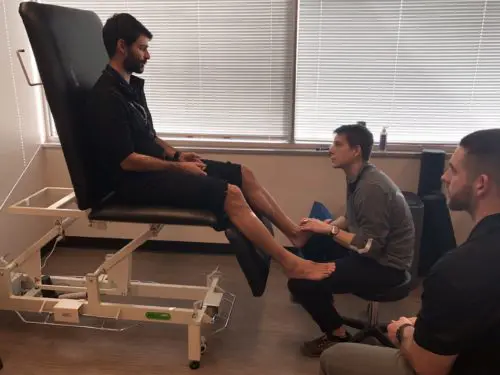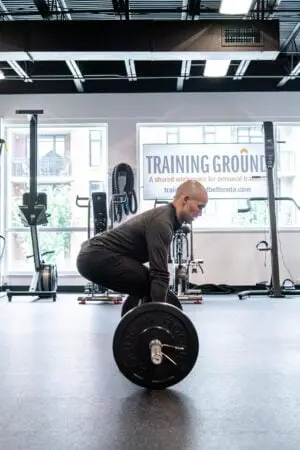I am thrilled to introduce you to the newest member of the Cohen Health and Performance team, Dr. Renee Beck. Dr. Beck is a native of the DMV area and is not someone to mess with! With over ten years of martial arts experience, she has achieved the rank of second-degree black belt in Tae Kwon Do. This discipline and dedication translate seamlessly into her approach to physical therapy.
Dr. Beck’s mantra, “Movement is medicine,” drives her passion for helping others stay active and pursue their passions. This philosophy underpins her dedication to guiding patients through every step of their rehabilitation journey. Whether recovering from an injury or seeking to optimize performance in sports, Dr. Beck is committed to seeing you thrive. Her extensive experience in martial arts not only demonstrates her physical prowess but also her understanding of the importance of movement and agility, both of which are crucial elements in physical therapy.
Physical therapy plays a critical role in maintaining and restoring movement and function when someone is affected by injury, illness, or disability. Dr. Beck’s unique background equips her with the skills and knowledge to provide exceptional care. Martial arts training involves a high level of physical conditioning, discipline, and an understanding of body mechanics—all of which are essential components of effective physical therapy. Dr. Beck leverages her martial arts experience to offer a holistic approach to physical therapy, ensuring that her patients receive comprehensive care tailored to their individual needs.
At Cohen Health and Performance, we understand that every patient is unique, and their physical therapy needs vary. Dr. Beck’s approach to physical therapy is not just about addressing the symptoms but also about identifying and treating the underlying causes of pain and discomfort. Her goal is to help patients regain their strength, improve their mobility, and enhance their overall quality of life. By focusing on movement as a form of medicine, Dr. Beck empowers her patients to take an active role in their recovery process.
Physical therapy is not only about rehabilitation but also about prevention. Dr. Beck is dedicated to educating her patients on how to prevent future injuries and maintain optimal physical health. She works closely with her patients to develop personalized exercise programs that promote strength, flexibility, and endurance. These programs are designed to help patients achieve their health and fitness goals while minimizing the risk of injury.
We are excited for you to meet Dr. Beck and experience her exceptional physical therapy skills firsthand. If you have been dealing with an injury that you have been ignoring, now is the perfect time to address it. Take advantage of this limited-time opportunity for a FREE 30-minute consultation with Dr. Renee Beck at our McLean location. During this consultation, Dr. Beck will assess your condition, discuss your goals, and develop a personalized treatment plan to help you achieve optimal health and performance.
Physical therapy is an invaluable resource for anyone looking to improve their physical well-being. Whether you are an athlete looking to enhance your performance, someone recovering from surgery, or an individual dealing with chronic pain, physical therapy can help you achieve your goals. Dr. Beck’s expertise and dedication make her an invaluable addition to the Cohen Health and Performance team.




